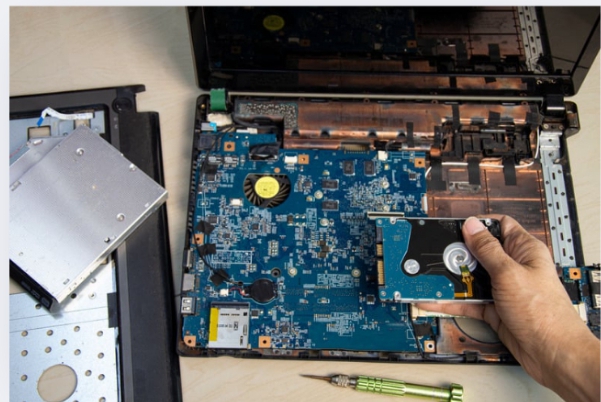
Why Aren’t Modern Car Computers Just Interfaced With Obd Intel
Introduction
Ever wondered why your car’s modern computer system isn’t fully compatible with OBD Intel, despite all the technological advancements? OBD (On-Board Diagnostics) is a game-changer, offering insights into a vehicle’s health and performance. However, as car computers have evolved, their interaction with OBD systems has grown more complex. Let’s dive deep to understand why Aren’t Modern Car Computers Interfaced With OBD Intel.
1. What Is OBD?
On-Board Diagnostics (OBD) is a system that allows a vehicle to monitor and report its own performance and issues. Introduced to monitor emissions, it’s now a critical tool for detecting and troubleshooting issues in a car.
1.1. OBD-I vs. OBD-II
The journey began with OBD-I in the 1980s, offering basic insights into engine performance. OBD-II, introduced in the mid-1990s, marked a significant leap, standardizing data protocols and connectors across vehicles. This made diagnostic tools universally usable.
1.2. Key Features of OBD-II
OBD-II doesn’t just diagnose problems; it monitors emissions, fuel efficiency, and even real-time engine performance. With standardized trouble codes, it’s invaluable to mechanics and car owners alike.
2. Modern Car Computers: An Overview
Today’s cars are rolling computers. Their electronic control units (ECUs), interconnected through networks, manage everything from engine functions to in-cabin entertainment.
2.1. Evolution of ECUs
Modern ECUs are highly specialized, each handling specific functions. They’ve evolved from basic processors into complex computing units, packed with advanced software.
2.2. The Role of CAN Bus Systems
The Controller Area Network (CAN) bus links these ECUs, enabling communication without a central computer. It’s efficient but adds layers of complexity to diagnostics.
3. Why Aren’t Modern Car Computers Interfaced With OBD Intel?
Given their capabilities, why don’t these systems fully integrate with OBD Intel? The answer lies in the complexities of modern automotive technology.
3.1. Complexity of Modern Car Systems
Modern vehicles have dozens of ECUs, each with unique software. Interfacing these with the relatively simpler OBD-II systems is no small feat.
3.2. Security Concerns
In today’s connected world, cars are vulnerable to cyberattacks. Manufacturers prioritize security, often at the expense of full OBD compatibility.
3.3. Proprietary Systems and Manufacturer Control
Car manufacturers design proprietary systems to maintain control over diagnostics and repairs. This strategy, while profitable, limits the functionality of OBD systems.
4. Potential Solutions and Innovations
Bridging the gap between modern car systems and OBD Intel requires innovative approaches.
4.1. Enhanced Standardization
Universal protocols could make integration easier. Industry-wide collaboration is essential for this.
4.2. Improved Security Protocols
Advanced encryption and authentication mechanisms can address security concerns, fostering better integration.
4.3. Third-Party Innovations
Aftermarket solutions are stepping up, offering devices that enhance OBD functionality and compatibility with modern cars.
Conclusion
While computers and Modern Car Computers Interfaced With OBD Intel. might seem like a perfect match, the challenges of complexity, security, and proprietary systems create barriers. However, with enhanced standardization, robust security measures, and innovative aftermarket solutions, there’s hope for seamless integration in the future. Until then, OBD remains an invaluable tool, even as cars evolve into more sophisticated computing machines.
FAQs
Why can’t OBD-II access all modern car systems?
Modern systems are too complex and often proprietary, limiting OBD-II’s reach.
Is OBD-II outdated for today’s cars?
Not entirely. While limited, it’s still a vital diagnostic tool.
Are there alternatives to OBD-II for modern cars?
Yes, proprietary diagnostic tools and third-party devices are increasingly common.
Can aftermarket devices improve OBD functionality?
Absolutely. Many such devices offer enhanced features and compatibility.
What’s the future of car diagnostics?
Expect more integration, advanced security, and greater reliance on cloud-based systems.



